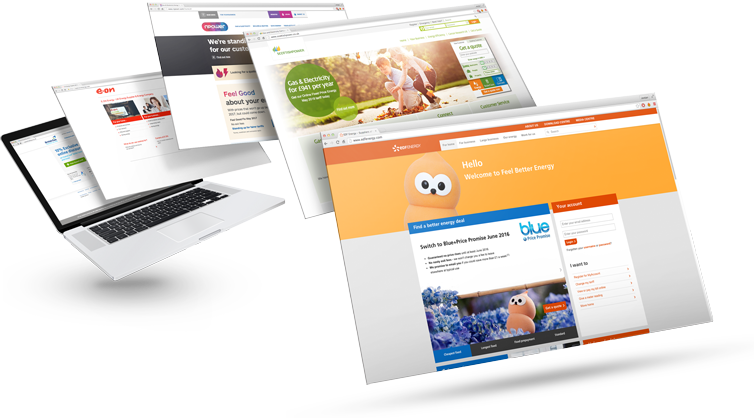

For you to be making the right decision on what kind of fibre optic broadband and phone tariff you will be needing it is important that you understand exactly what you require from your service provider.
If you’re a casual internet user, someone who will primarily be sending emails and social media that a standard broadband connection will be right for you. Speeds of traditional broadband will generally be going up to around 17Mbps and should be able to cater you’re your basic internet needs. If however your are in need of something with a little more power, then fibre optic is the option for you, with potential speeds of up to 1Gb.
If the following applies to you, then getting a fibre optic connection is a good idea:
– If you have a household of more than 3 people
– If you work from home and need a strong connection to download or upload files
– If you stream a lot of TV and movies
– If you play a lot of online games
– If you have various gadgets that are connected, such as computers, phones and tablets.
Fibre optic broadband is a step up from standard broadband that involves the use of fibre optic cables rather than traditional copper wires to transmit signals to your router. The difference in speeds is huge and if you’re someone uses the internet a lot for bandwidth intensive activities then this option is the right one for you. Pretty much every company that has any kind of broadband package will have a fibre optic offering but the speeds between companies vary.
Fibre optic is made up a system of tiny tubes which have reflective material on the inside, flashes of light are sent down the tubes at different intervals to convey different types of information. A machine on the other end then receives this information and the interprets the flashing light as data. The reason that fibre optic is so much faster is because it takes advantage of the speed of light to convey its messages.
If you live in a city or a town then the chances are that you will have a multitude of different options for companies offering various fibre optic packages. The government has pledged a high-speed internet rollout to complete within the next couple of years, so if you’re a little off the beaten track and you don’t have access to it yet you may have a to wait a little while but it will come.
The two standard speeds that pretty much every company will offer are 38Mbps and 76Mpbs, for most people these speeds should suffice, but that isn’t to say that there aren’t higher speeds available. If your looking for faster internet that is easily accessible then Virgin Media are probably the best option for you, they have download speeds of up to 300Mbps, although this is only in certain areas. If that’s still not quick enough for you then turn your eyes to Hyperoptic. This company claim to have the fastest broadband in the country, with speeds in certain buildings maxing out at around 1Gb. This is, however, subject to availability and if you’re not one of the lucky few who lives in select areas these blistering speeds won’t be available to you.
Fibre optic will in most cases use a phone line as they still use some of the old copper wire infrastructure which is why pretty much all fibre optic offerings come with line rental. This isn’t always the case however and some companies can offer fibre optic without line rental, Virgin are one example because they use their own kind of cables.
Generally speaking the answer will be yes as the faster your connection the more expensive your package will be. This will of course depend of a variety of factors such as your length of contract term, location and speed of service. The general price for a high-speed fibre optic connection is around the £30 per month and as a rule you be spending approximately between £25-£60 per month. In some cases, certain companies will waive additional costs like phone lines or set up costs if your go for a fibre optic option. This can mean that fibre optic will be cheaper than getting a traditional broadband package.
